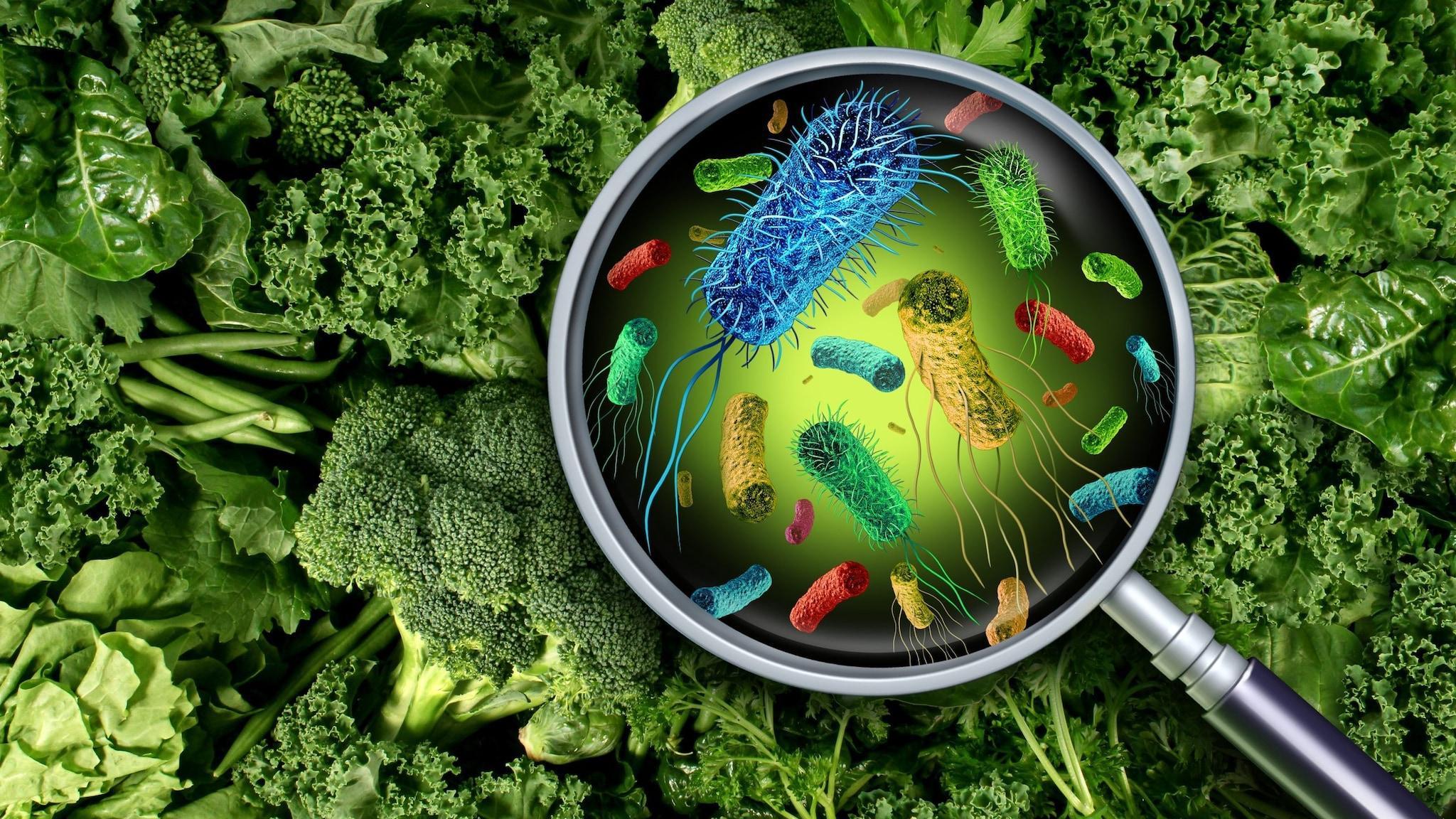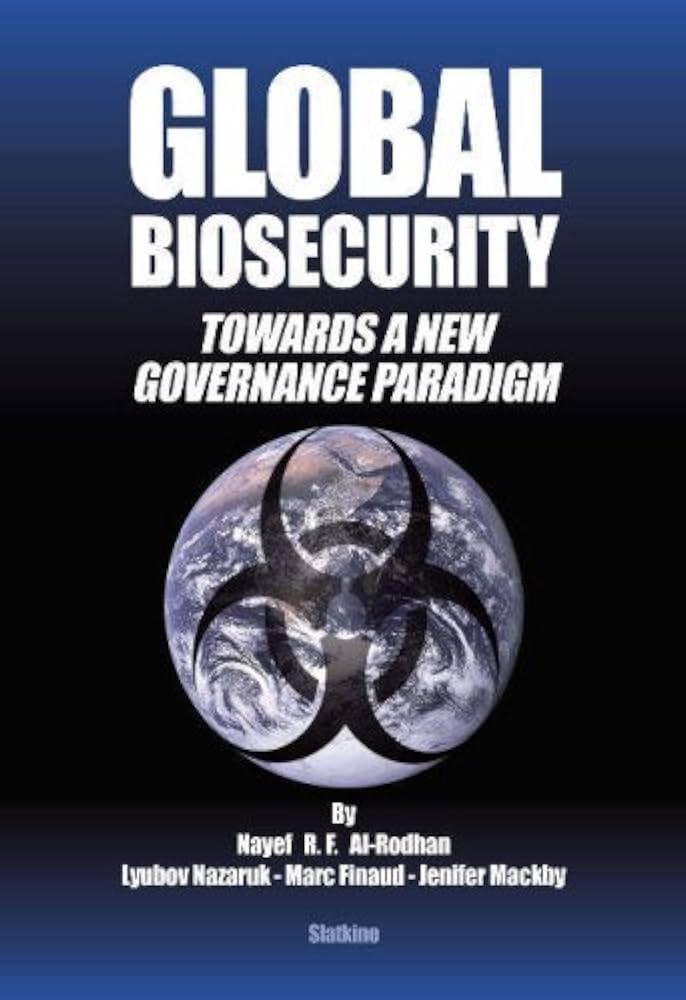Potential Origins of COVID-19: insights from Germanys BND
The current evaluation by Germany’s federal Intelligence Service (BND) sheds mild on the potential origins of the COVID-19 pandemic, suggesting it might have been the results of a laboratory incident. The report outlines a number of key factors that underscore this speculation:
Lab Security Considerations: Investigations highlighted insufficient security protocols at varied analysis amenities linked to coronaviruses.Delayed Information Sharing: There have been important delays in sharing vital knowledge and findings between establishments, which poses questions on transparency.pure vs. Synthetic Origins: Whereas a zoonotic spillover has been broadly accepted, growing proof factors in the direction of the opportunity of an unintended launch from a lab.
In evaluating these findings, the BND emphasised the significance of worldwide cooperation in biosecurity and analysis transparency. They advocate a thorough and coordinated examination into present laboratories to make sure the integrity of pathogen analysis. A more in-depth examination of the worldwide provide chain associated to analysis supplies may additional make clear the dangers related with pathogen dealing with. The report stresses that understanding the origins of COVID-19 just isn’t onyl essential for addressing conspiracy theories but in addition integral to getting ready for future pandemics.

The Function of Laboratory Security Protocols in Stopping Future Pandemics
within the wake of rising proof suggesting that the COVID-19 pandemic might have originated from a laboratory mishap, the importance of stringent laboratory security protocols has by no means been extra pronounced. These protocols are essential in mitigating dangers related to pathogen analysis, maximizing containment methods, and guaranteeing that even essentially the most infectious brokers will be studied safely. Implementing complete coaching, common audits, and rigorous procedural tips can significantly decrease the possibilities of unintended publicity or launch of pathogens. This method not solely protects laboratory workers however fosters confidence within the public that organic analysis is carried out with the highest security requirements.
Moreover, the worldwide scientific group should advocate for the standardization of laboratory security measures throughout all analysis amenities. Key parts ought to embody:
Common Threat Assessments: Figuring out potential hazards and modifying protocols as wanted.Emergency Preparedness plans: Establishing clear responses to potential accidents or breaches.Transparency and Oversight: Encouraging open interplay about security practices and incident reporting.
Creating a sturdy and unified security framework not solely decreases vulnerability to future pandemics but in addition reinforces moral analysis practices. By prioritizing laboratory security, researchers can assist forestall the unintended launch of pathogens whereas persevering with to discover groundbreaking biotechnologies.

Investigating the Chain of Occasions Resulting in the Outbreak
The current revelations from Germany’s Federal Intelligence Service (BND) have sparked renewed scrutiny into the origins of the COVID-19 pandemic.Investigators highlighted a possible lab mishap as a big contributor to the outbreak, suggesting that the virus might have inadvertently escaped from a analysis facility. This assertion aligns with ongoing debates throughout the scientific group concerning the virus’s pure versus synthetic origins.A number of key elements have emerged within the evaluation of the chain of occasions resulting in the outbreak:
Weak Biosafety Protocols: Inadequate adherence to established biosafety measures in laboratories may have allowed the virus to leak.Information Manipulation: Allegations of knowledge suppression concerning the virus’s early detection may hinder transparency.Geopolitical Tensions: Ongoing worldwide relations crises may need detracted from world responses to early warning indicators.
Furthermore, the BND has pointed to earlier incidents that showcase lapses in laboratory security worldwide, underscoring the necessity for strict protocols to forestall related occurrences. The worldwide group is asking for an intensive investigation to know higher and mitigate the dangers related to high-containment laboratories globally. To encapsulate the scenario, right here’s a structured overview of the occasions surrounding the outbreak:
DateEventImpactNovember 2019Initial circumstances reported in WuhanGlobal alert issuedDecember 2019First lab reportsResearch scrutiny initiatedJanuary 2020Theories of zoonotic transmission emergeIntensified investigation into spilloverFebruary 2020Evidence for lab mishap surfacesCalls for transparency improve

Implications of the Findings for International Well being Insurance policies
The findings concerning the doable lab mishap because the origin of the COVID pandemic have profound implications for world well being insurance policies. First and foremost, this example accentuates the want for the institution of stringent rules concerning laboratory security and biosecurity measures. Important actions ought to embody:
Enhanced oversight of laboratories dealing with dangerous pathogens,significantly when it comes to infrastructure and operational protocols.Common audits and inspections carried out by autonomous world well being authorities.Worldwide collaboration for standardized practices and emergency response methods to mitigate potential future pandemics.
Furthermore, these revelations necessitate a reassessment of worldwide surveillance techniques that monitor and reply to infectious illness outbreaks.Efficient insurance policies should incorporate:
Improved knowledge sharing mechanisms amongst international locations to facilitate well timed responses to rising well being threats.Funding in analysis geared toward understanding zoonotic transmission and the origins of viruses.Strengthened communication between scientific communities and policymakers to boost public well being preparedness.

Strengthening Worldwide Collaboration to Improve Biosecurity
The current findings by Germany’s BND concerning the origins of the COVID-19 pandemic underscore the pressing want for enhanced biosecurity measures. As nations grapple with the ramifications of such world well being crises, worldwide collaboration turns into paramount.Strengthening alliances in organic analysis and pathogen administration can considerably mitigate dangers related to laboratory mishaps. Nations should prioritize the institution of strong frameworks for sharing info and experience, which may assist establish early warnings of potential outbreaks and permit for swift responses.
Key methods for bettering biosecurity embody:
Joint Analysis Initiatives: Collaborative initiatives to discover dangers and develop protected laboratory practices.Info Sharing Platforms: Digital networks for real-time reporting and surveillance knowledge associated to organic threats.Coaching and Capability Constructing: Applications geared toward enhancing the abilities of laboratory personnel and emergency response groups worldwide.Coverage Harmonization: Aligning rules and protocols throughout borders to guarantee uniform requirements in biosecurity.Collaborative EffortsExpected Outcomesglobal Biosecurity SummitsEnhanced coverage dialog and dedication to world requirements.Cross-Nationwide Protocol DevelopmentStreamlined processes for incident response and pathogen containment.Funding for Worldwide ProjectsIncreased sources for cutting-edge analysis and security improvements.

Suggestions for Enhancing Oversight and Transparency in analysis Services
Guaranteeing sturdy oversight and transparency inside analysis amenities is crucial for stopping potential organic threats just like the COVID-19 pandemic. First, establishments ought to undertake stringent security rules and protocols to reduce dangers related to laboratory work. Common audits and inspections have to be carried out by impartial regulatory our bodies to assure compliance with established requirements. Second, there needs to be a dedication to open knowledge sharing amongst researchers and establishments. This consists of the publication of analysis methodologies, funding sources, and any incidents occurring inside the labs, fostering a tradition of accountability and enhancing public belief.
Furthermore, the implementation of complete coaching packages for researchers and workers can considerably cut back the chance of mishaps. Key parts of those coaching initiatives ought to embody:
Emergency response proceduresBiological security protocolsRegular obligatory re-certification on security practices
Moreover, establishing a clear whistleblower system will permit staff to report security issues with out concern of retaliation. A well-structured oversight committee can analyze these studies and advocate mandatory actions, guaranteeing that points are addressed promptly. This proactive method not solely safeguards public well being however additionally promotes a tradition of vigilance in analysis environments.

Insights and Conclusions
the assertion by Germany’s Federal Intelligence Service (BND) that the COVID-19 pandemic might have originated from a laboratory accident provides a advanced layer to the continuing discourse surrounding the origins of the virus. As investigations proceed and scientific scrutiny mounts, the implications of such a revelation lengthen past mere epidemiology—they contact on world well being coverage, biosecurity measures, and worldwide relations. As researchers work to uncover the reality, this improvement serves as a reminder of the significance of transparency and vigilance within the administration of organic analysis. Solely via rigorous investigation and open dialogue can we hope to forestall future pandemics and guarantee the protection of public well being worldwide.
Source link : https://europ.info/2025/03/12/germany-2/covid-pandemic-likely-unleashed-by-lab-mishap-germanys-bnd-dw-english/
Creator : Sophia Davis
Publish date : 2025-03-12 22:04:00
Copyright for syndicated content material belongs to the linked Source.


